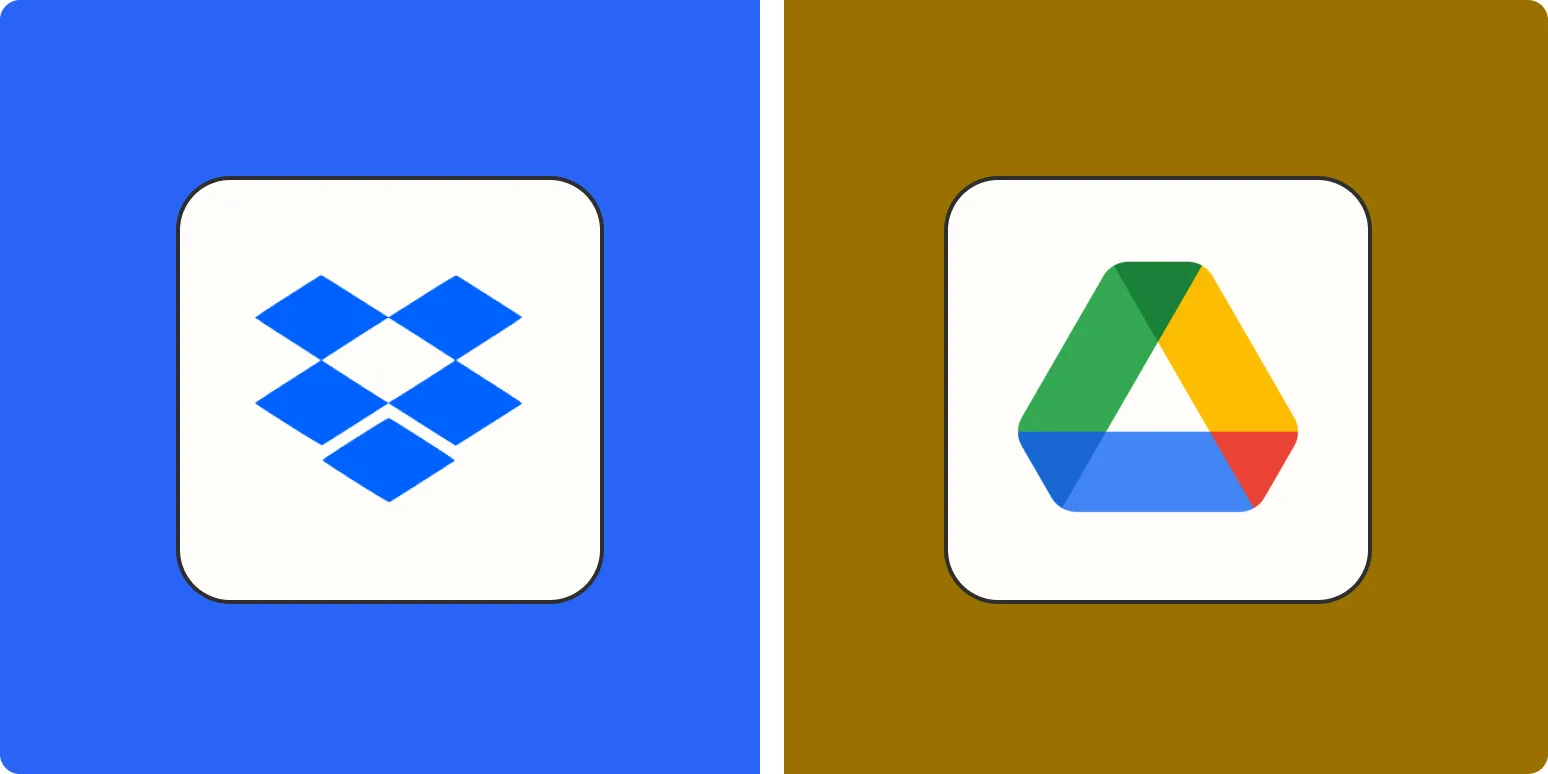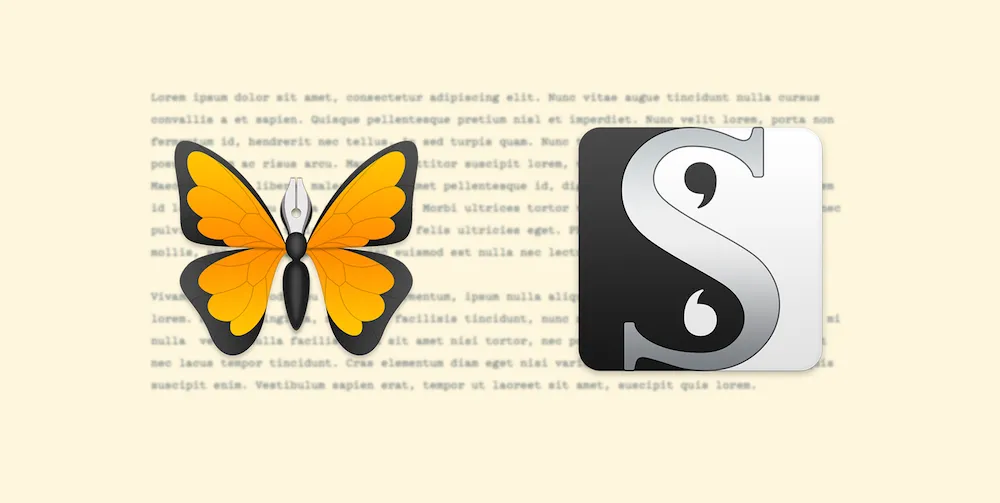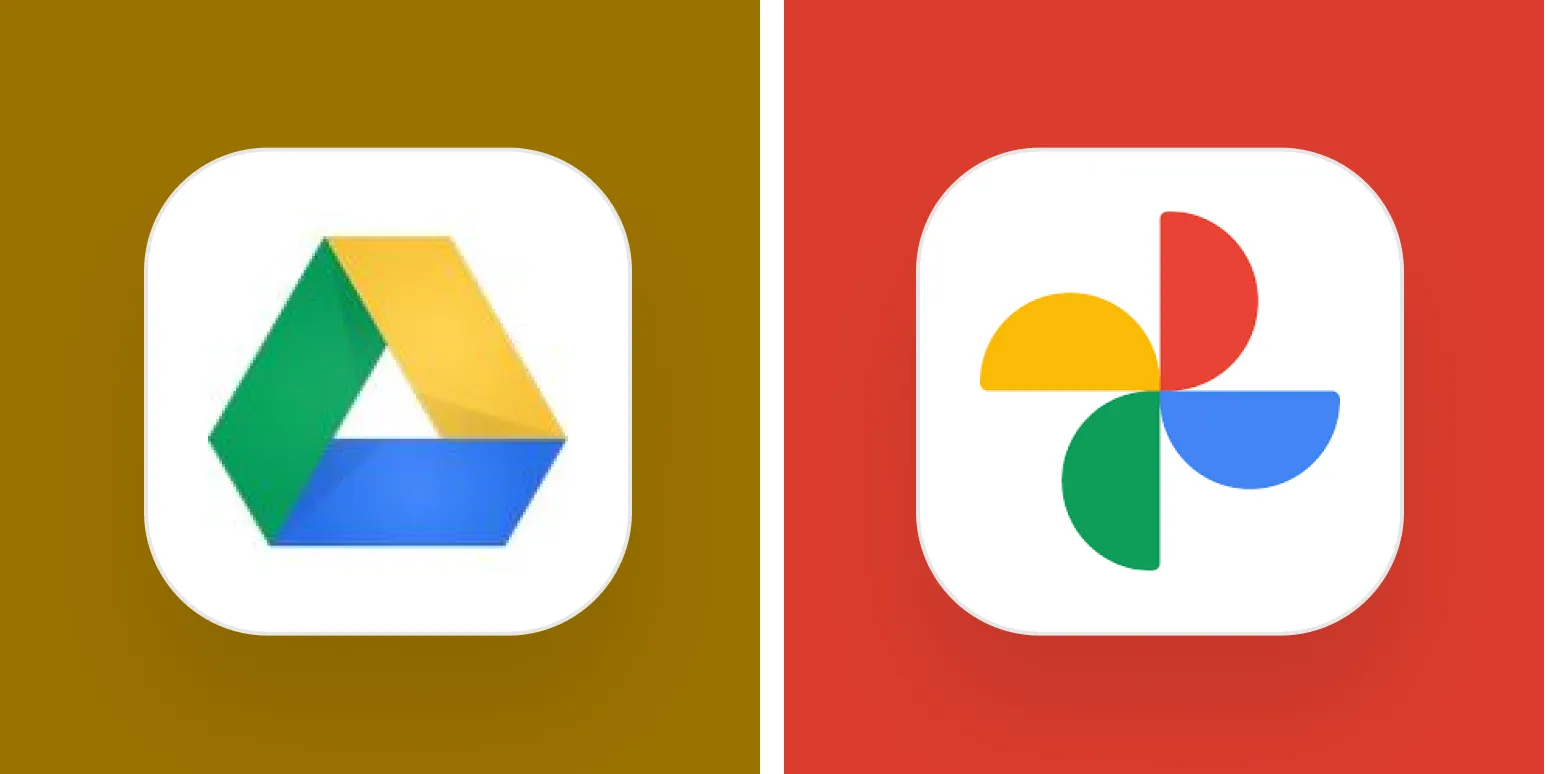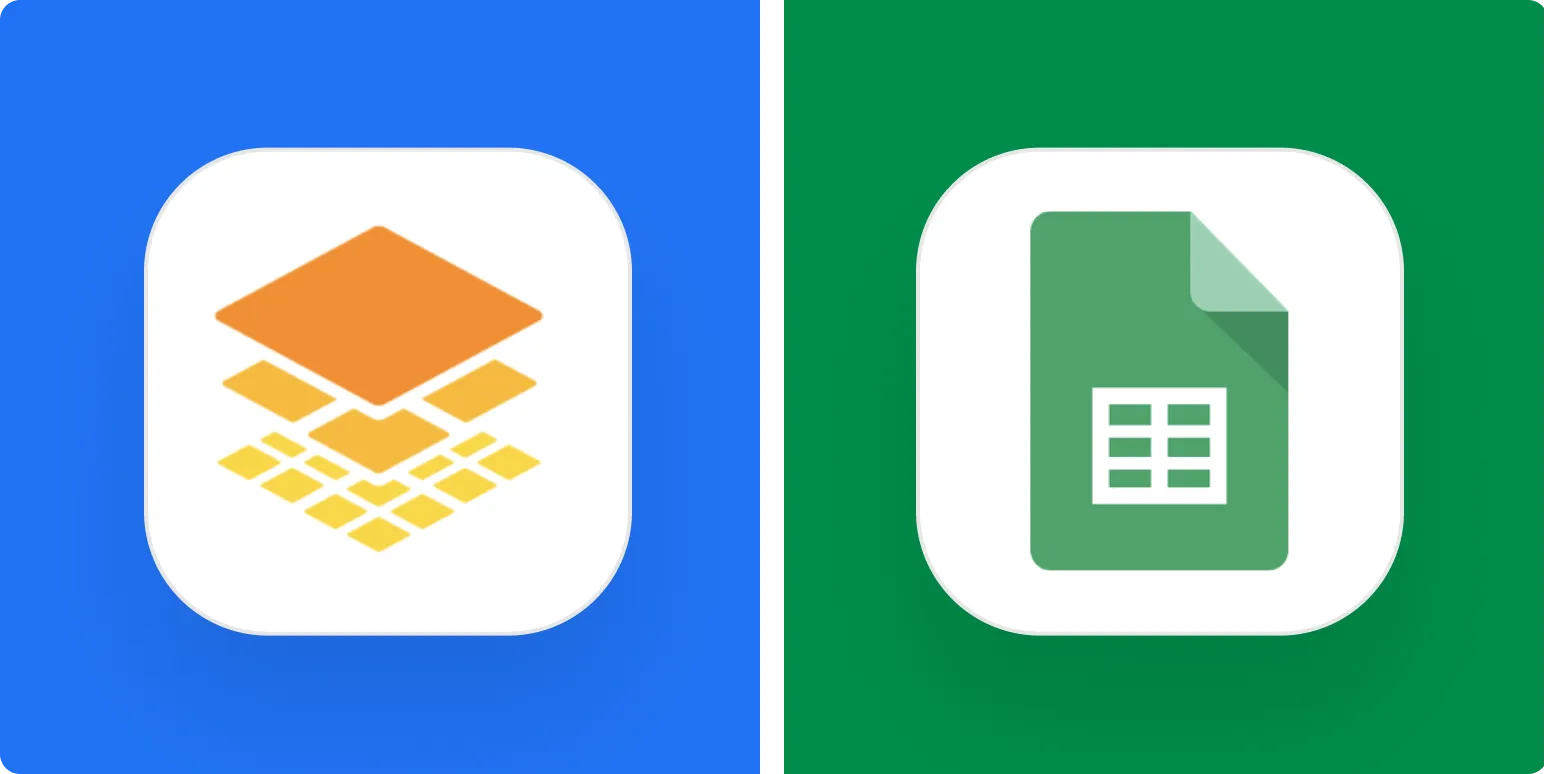When it comes to cloud storage solutions, two of the most popular options are ''Dropbox'' and ''Google Drive''. Both services offer a variety of features aimed at improving productivity and collaboration, but they cater to different needs. Below, we will compare these two platforms across several categories to help you determine which is the right fit for you.
Storage Space
One of the first things to consider is the amount of ''storage space'' offered by each service. Here's a quick comparison:
| Service | Free Storage | Paid Plans |
|---|---|---|
| Dropbox | 2 GB | Starts at $11.99/month for 2 TB |
| Google Drive | 15 GB | Starts at $1.99/month for 100 GB |
As seen in the table, ''Google Drive'' offers significantly more free storage compared to ''Dropbox''. If you’re looking for a service to store a lot of files without committing to a paid plan, Google Drive may be the better option.
User Interface
The user interface can greatly affect your experience with a cloud storage service. Here’s how the two stack up:
| Criteria | Dropbox | Google Drive |
|---|---|---|
| Ease of Use | Intuitive and simple | Feature-rich but can be overwhelming |
| Navigation | Quick access to files and folders | Organized with folders and recent documents |
''Dropbox'' is often praised for its straightforward and intuitive design, making it easy for new users to navigate. However, ''Google Drive'' offers a plethora of features that can enhance your productivity, albeit at the risk of becoming slightly overwhelming for some users.
Collaboration Features
Both platforms emphasize collaboration, but they approach it differently. Let’s break down their collaboration features:
| Feature | Dropbox | Google Drive |
|---|---|---|
| Real-Time Editing | Limited to Dropbox Paper | Integrated with Google Docs, Sheets, and Slides |
| Commenting | Available | Available with extensive features |
If real-time editing and collaboration are essential for your workflow, ''Google Drive'' is the superior choice due to its integration with ''Google Docs'', ''Sheets'', and ''Slides''. However, ''Dropbox'' does have its own collaboration tools, such as ''Dropbox Paper'', which can be effective for smaller teams.
File Sharing and Security
File sharing and security are crucial considerations, especially for businesses. Let’s compare their security features:
| Feature | Dropbox | Google Drive |
|---|---|---|
| Encryption | 256-bit AES encryption | 256-bit AES encryption |
| Password Protection for Shared Links | Yes | No |
| Two-Factor Authentication | Yes | Yes |
Both services provide robust encryption to protect your files. However, ''Dropbox'' offers additional features such as password protection for shared links, which can be a significant advantage for users who prioritize security. If security is a major concern for you, ''Dropbox'' may be the better option.
Pricing Plans
Understanding the pricing structure can help you make an informed decision based on your budget. Here’s a breakdown:
| Plan | Dropbox | Google Drive |
|---|---|---|
| Free | 2 GB | 15 GB |
| Individual | $11.99/month for 2 TB | $1.99/month for 100 GB |
| Business | Starts at $15/user/month | Starts at $6/user/month |
In terms of cost, ''Google Drive'' offers more affordable options, especially for individuals and small businesses. If budget constraints are a consideration, ''Google Drive'' may be the more economical choice.
Conclusion
Choosing between ''Dropbox'' and ''Google Drive'' ultimately depends on your individual needs and preferences. If you require extensive free storage, integrated collaboration tools, and lower pricing, ''Google Drive'' is likely the best fit. However, if you prioritize a user-friendly interface, enhanced security features, and advanced collaboration options through ''Dropbox Paper'', then ''Dropbox'' may be the right choice for you. Evaluate your requirements carefully to make the best decision for your cloud storage needs.





